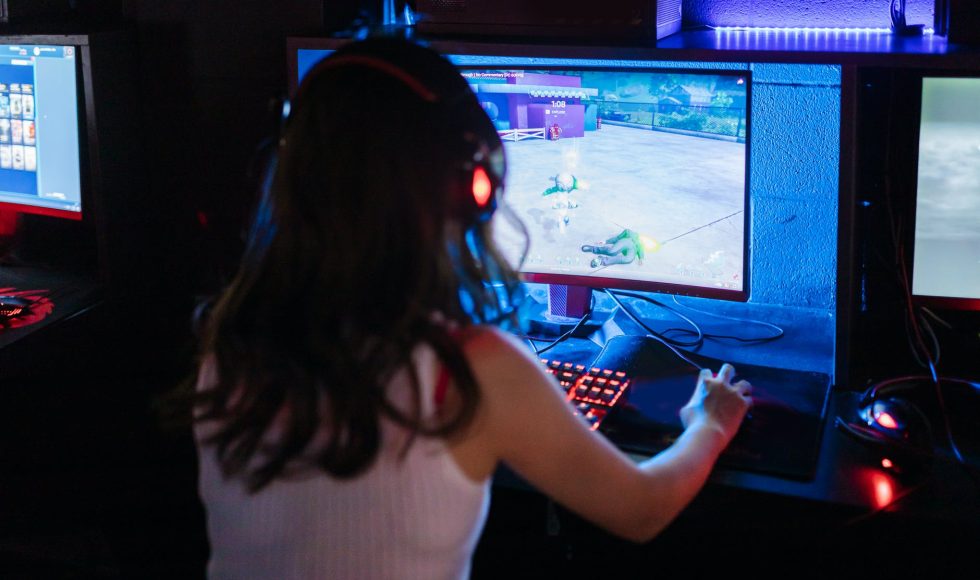Dr. Edwina Helton from Indiana University East presented on “Engagement and Motivation through Best Practices in Self-Determined Learning” as part of the 2021 Lilly Conference online. Engagement and motivation have been mentioned frequently as critical for online learning this past year. Helton reviewed literature and the perspective of the student experience. The environment affects motivation through support networks and even parental influence. Intrinsic and extrinsic motivation, as mentioned by Helton, are just part of the puzzle. Grit has been mentioned and Helton added that other factors beyond one’s control can affect grit. The neurological impact of trauma, as studied by Mays Imad, affects engagement and motivation. Helton mentioned that we must be sensitive to the effects of trauma. Affectivity and response stages also play a part, as mentioned by Helton. There is an initial reaction followed by an associative response (“what does this experience remind me of or what do I associate this experience with…”). Cultural context was described as another stage and important consideration: are we working with first-generation students?
Helton then talked about student perspectives in terms of motivation and engagement. What are the demands on their time? Are they dependent on transportation from relatives? What year are they in their academic program? Classroom context was described by Helton as another area of complexity. Courses in which content is critical may affect engagement differently than an inquiry-based course experience.
Helton described strategies for promoting engagement and motivation including flexibility, balancing high and low stakes activities, choice for learners (jigsaw assignments can provide options for what reading to focus on or even different choices for types of quizzes, for example), meeting students where they are by providing different options… Interestingly, professionalism and making connections to real-world learning were mentioned as strategies, and we have been talking about this a lot in BIT. Helton suggested using clear guidelines (e.g., TILT) to communicate expectations. Surveys to gather feedback can help learn about participants and reach them where they are. Helton ended by asking: what can we do in terms of strategies to build strong affective experience, positive emotions, positive connections to help promote student success? I enjoyed how this short (20-minute) session emphasized the affective responses and trauma. We often speak about motivation and engagement in terms of strategies for course design or assignments and leave out emotions. What can I do differently to cultivate self-determination and engagement?



